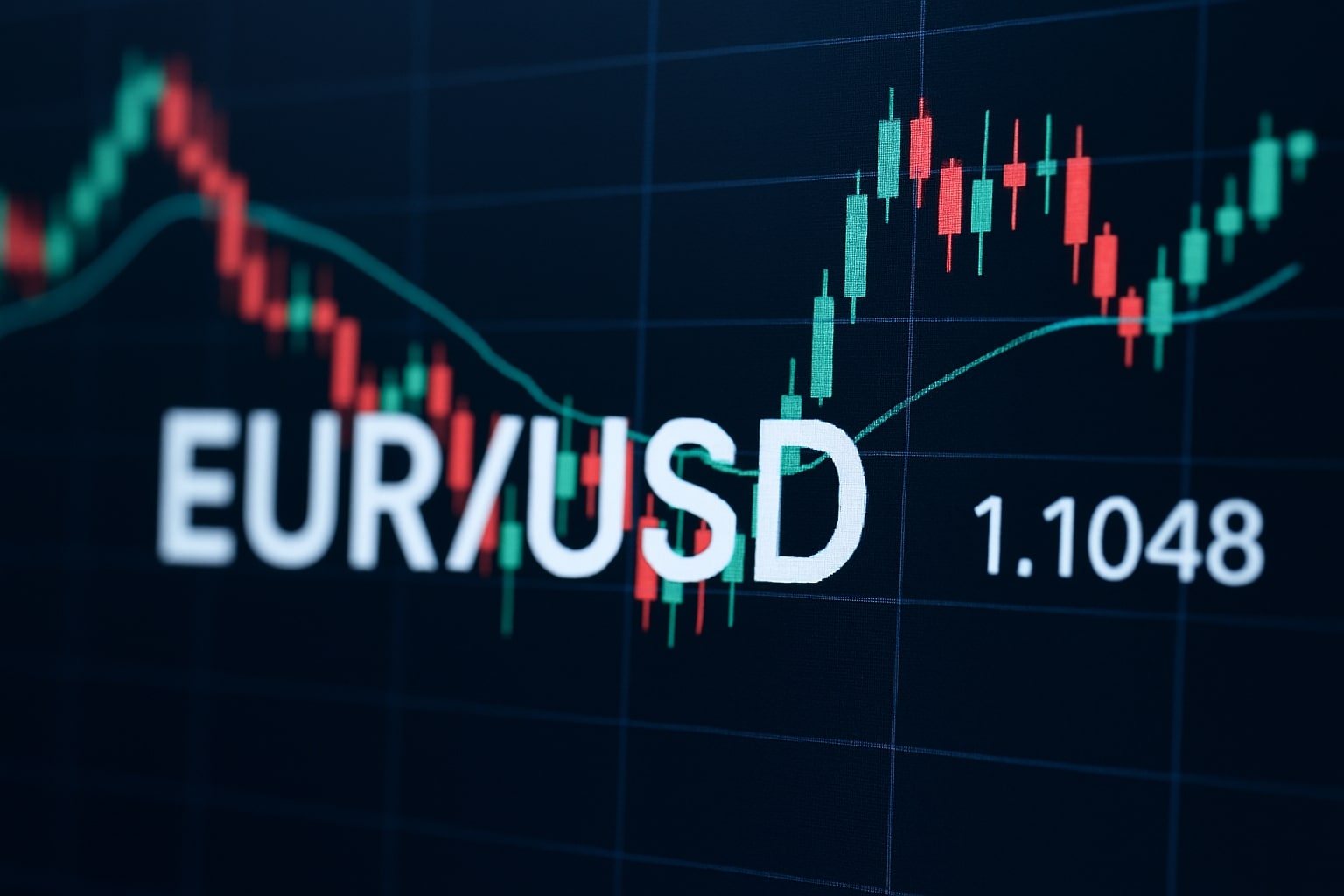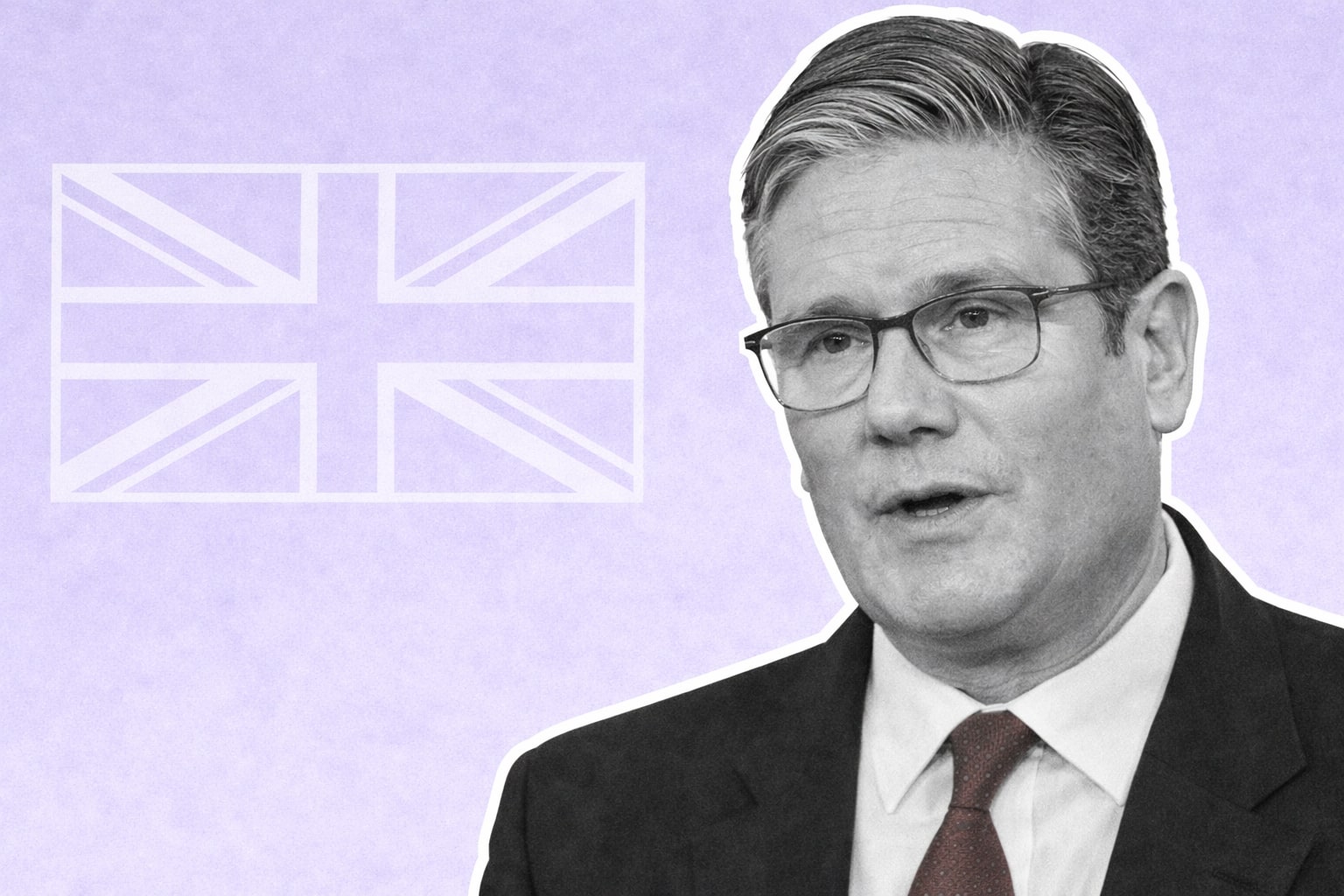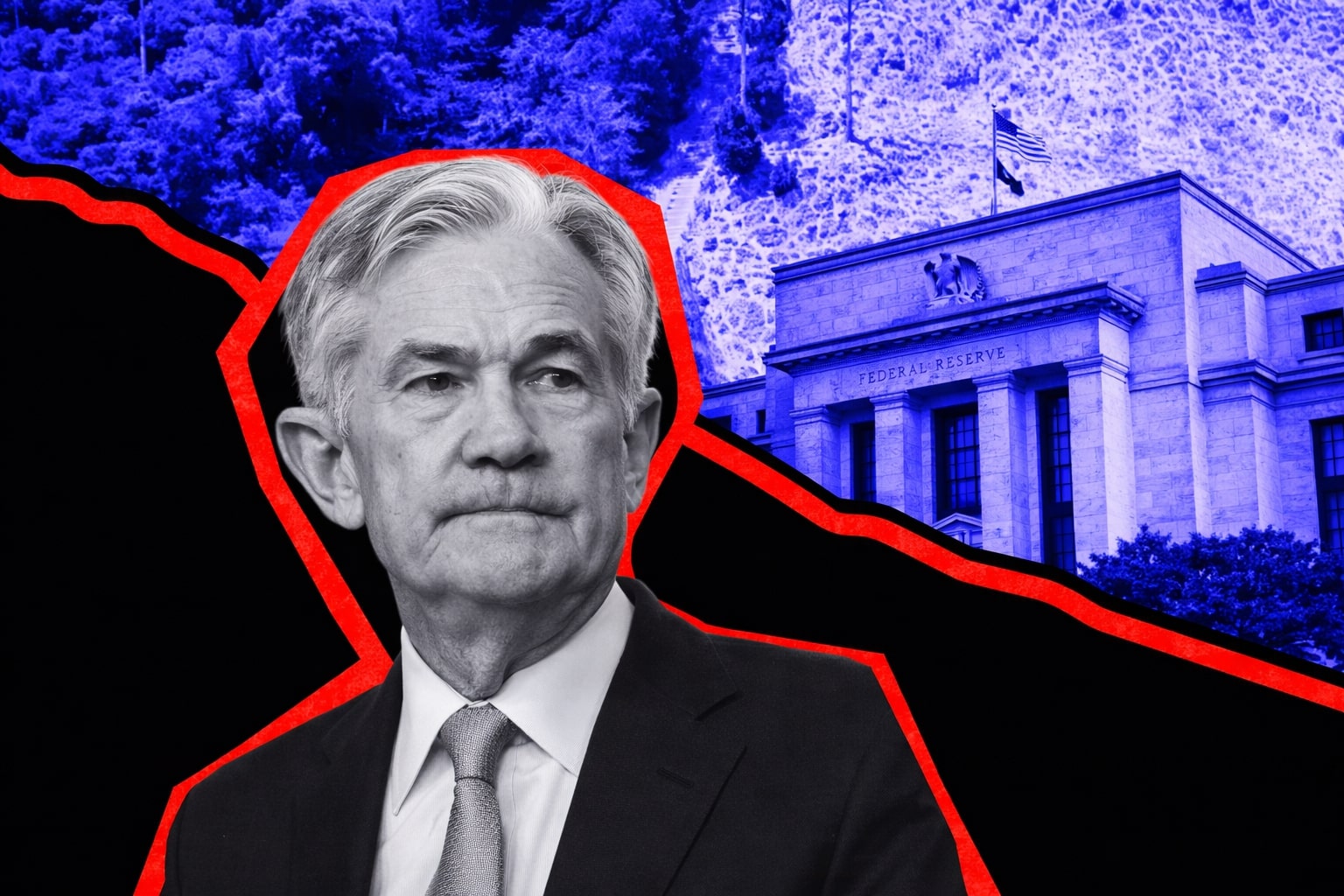
Can EUR/USD Hold Above 1.10 or Will the Euro Continue to Struggle Against the U.S. Dollar?
What’s the Outlook for EUR/USD? Will Rising U.S. Rates Push the Euro Lower, or Can the Euro Break Through 1.15? | That's TradingNEWS
EUR/USD Technical Outlook and Market Dynamics
The EUR/USD pair has been exhibiting a neutral bias in recent trading sessions, following a significant dip of more than 1.5% in favor of the U.S. dollar. This movement reflects a delicate balance in market sentiment, influenced by ongoing developments in trade talks, central bank policies, and broader macroeconomic factors. While the current trend remains largely neutral, several key levels and market drivers suggest that the pair could experience continued volatility in the short term.
The Impact of U.S. Economic Recovery and Market Confidence
In recent developments, the U.S. dollar has gained strength, partly due to President Trump's positive comments regarding U.S.-China trade negotiations. These remarks, particularly the suggestion of a potential tariff reduction from 145% to 80%, have instilled some optimism in the market, boosting confidence in the U.S. economy. This is reflected in the DXY index, which recently surpassed the 100-point mark, signaling a solid rebound for the dollar against its major counterparts, including the euro. As market confidence improves, the EUR/USD pair has become somewhat neutral, with the dollar's recovery limiting demand for the euro.
The growing confidence in the U.S. economy has also contributed to a bullish sentiment for the greenback, signaling that the U.S. dollar may remain in the driver's seat, at least in the short term. As long as trade tensions continue to ease and economic indicators from the U.S. show resilience, EUR/USD could face downward pressure, pushing it toward key support levels.
ECB and Fed Divergence: A Key Factor for EUR/USD Movement
Another critical factor influencing EUR/USD is the divergence in interest rate policies between the European Central Bank (ECB) and the U.S. Federal Reserve. The ECB has made it clear that it intends to cut rates, with a 54% probability of a deposit rate cut from 2.25% to 2%. In contrast, the Federal Reserve recently maintained its rate at 4.5%, signaling a neutral stance.
This divergence in monetary policy is likely to keep the EUR/USD pair under pressure, as higher U.S. rates could attract capital inflows into the U.S., strengthening the dollar. This dynamic could lead to a continued downtrend for the euro, especially if the ECB follows through on its dovish stance while the Fed maintains its more hawkish outlook. Investors will need to closely monitor upcoming ECB meetings and U.S. economic data, as they could significantly impact the currency pair’s movement.
EUR/USD Technical Levels to Watch
The technical outlook for EUR/USD is currently neutral, with recent price action indicating indecision in the market. The pair has broken a short-term ascending trendline, and the Relative Strength Index (RSI) is hovering around the 50 level, confirming the lack of clear direction. As a result, the market may continue to consolidate in a sideways range, with key support and resistance levels defining the near-term price action.
The 1.1500 level stands as a critical resistance area. A sustained breakout above this psychological level could indicate a shift toward a more bullish bias, potentially leading to a retest of the 1.1572 high. On the downside, the 1.1000 level is a major support zone, closely aligned with the 50-period moving average. A break below this support could shift the bias toward a more bearish outlook, with the next significant support found around 1.09213. A move to this level could trigger a new bearish trend for EUR/USD.
Momentum Indicators: Neutral Sentiment Prevails
Momentum indicators like the Average Directional Index (ADX) are showing weakening trends. The ADX has dropped below 20, suggesting a loss of directional momentum, which reinforces the market's indecision. While the EUR/USD pair is not showing strong upward or downward momentum, this neutral sentiment could persist until clearer market signals emerge, particularly from the U.S. and European economic data.
The key event to watch in the near term is the continuation of U.S.-China trade talks, as these discussions could provide a catalyst for a breakout in either direction. If progress is made in these talks, it may fuel further demand for the U.S. dollar, pushing EUR/USD lower. Conversely, if the trade talks falter, there could be a sharp reversal, providing support for the euro and triggering a bullish move.
Key Events for EUR/USD in the Coming Weeks
Looking ahead, EUR/USD will be sensitive to a series of key economic events, particularly from the U.S. and the ECB. The inflation data from the U.S., along with retail sales and producer price inflation figures, will be important in shaping expectations for future Fed policy. A soft inflation report could fuel expectations for a rate cut, providing some relief for the euro. On the other hand, strong inflation data would likely reinforce the Fed’s current stance, further strengthening the dollar and weighing on EUR/USD.
The ECB's upcoming meetings will also be crucial, especially if the central bank decides to proceed with its expected rate cuts. Any dovish comments from ECB officials could drive the euro lower, especially if U.S. economic data remains strong.
Final Thoughts: EUR/USD - Neutral to Bearish in the Short-Term
Given the current market dynamics, EUR/USD seems poised for a short-term sideways range with a slight bearish tilt. The strength of the U.S. dollar, bolstered by improving market sentiment and the Fed's neutral stance, coupled with the ECB's dovish outlook, suggests that the euro will struggle to make significant gains. However, any positive developments in trade talks or a shift in the economic outlook could quickly reverse the trend.
For traders, EUR/USD remains a pair to watch closely, especially as key technical levels approach. If the pair breaks below the 1.1000 support, the bearish trend could intensify, while a breakout above 1.1500 would signal a potential reversal. With momentum indicators confirming a neutral outlook, this currency pair could experience a period of consolidation before any decisive moves occur.
That's TradingNEWS
Read More
-
Pagaya Stock Price Forecast - PGY at $23.20: Is PGY Stock the Cheapest AI Fintech of 2026?
19.12.2025 · TradingNEWS ArchiveStocks
-
XRP Price Forecast: XRP-USD Stuck at $1.87 With $3 2026 Target and $10–$25 Long-Term Range
19.12.2025 · TradingNEWS ArchiveCrypto
-
Oil Price Forecast: WTI Near $56 and Brent at $60 Signal Risk Toward $50
19.12.2025 · TradingNEWS ArchiveCommodities
-
Stock Market Today: AI Chip Rally Lifts Nasdaq as $7.1T Quad Witching Hits
19.12.2025 · TradingNEWS ArchiveMarkets
-
GBP/USD Price Forecast - Pound at 1.34 As BoE Cut And Soft Dollar Keep Bullish Path Toward 1.35
19.12.2025 · TradingNEWS ArchiveForex


















